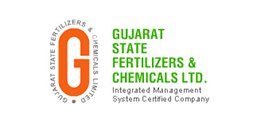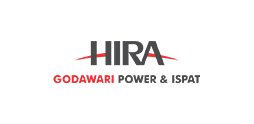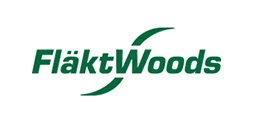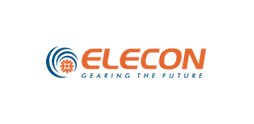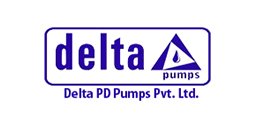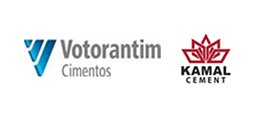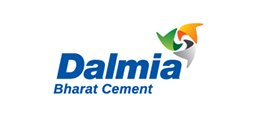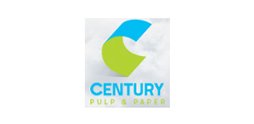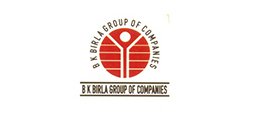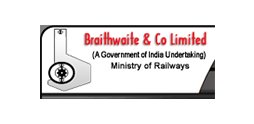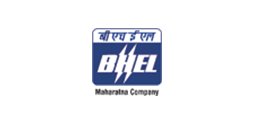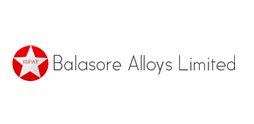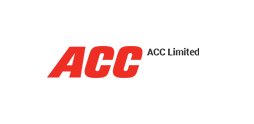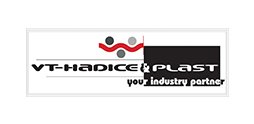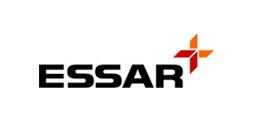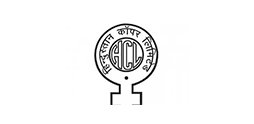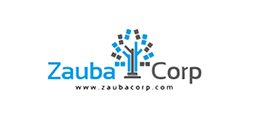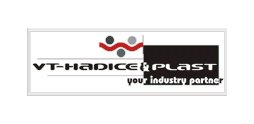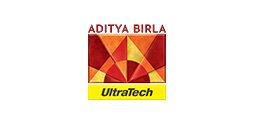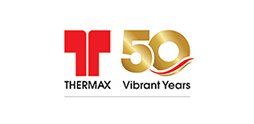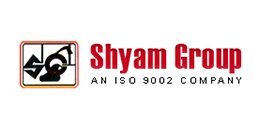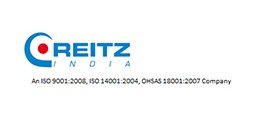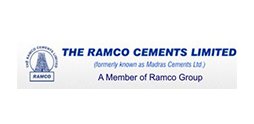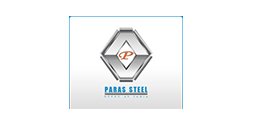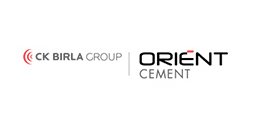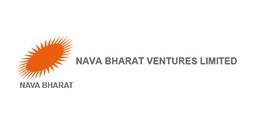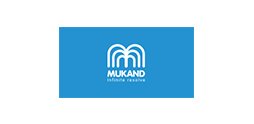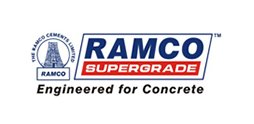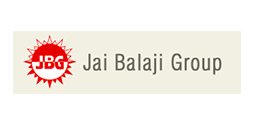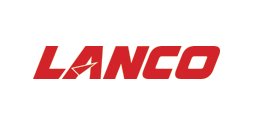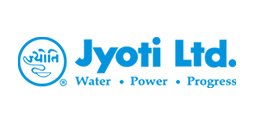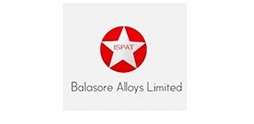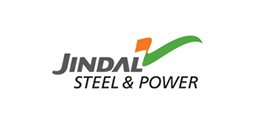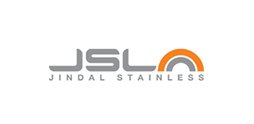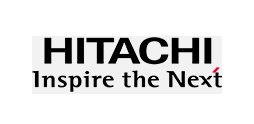The jaw coupling designs consist of two hubs and an elastic spider. The spider is manufactured with advanced polyurethane material, thus minimizing shock to motors, dampening the impulsive load for sensitive equipments. These spiders allow the users to customize the performance of this coupling. The jaws mesh in a loose manner as the two hubs are brought together.
Selecting a soft spider will provide the coupling with great dampening characteristic, while hard spider will provide the strength and great torque capacity. If there is failure of spider the jaw of the two hubs interlocks with each other thus allowing direct transmission of power and at the same time allowing the application to shut down safely for maintenance.
As for satisfying various application criteria, the coupling designs vary, so do the spiders in these types of couplings. These spiders play an important role for torque rating in each coupling. These spiders make significant difference in couplings response to temperature, vibration, chemical, high RPM, misalignment, ease of installation and removal and space limitation.
Thus it is necessary to search and select the right type of spider for the right size coupling. For this reason, a user need to understand the various construction of spiders and the materials available while maintaining existing coupling or specifying new ones.
This Describes What These Couplings Are, For Where They Are Used
The jaw coupling is generally recommended for electric motor driven machinery, gear box and pumps etc. These are limited to misalignment of angular shaft of 1° and can stand up to .015 inches of parallel misalignment. The jaw designs are not recommended for engine driven or frequent stop, start reversing application due to the backlash.
In these couplings, the element is in compression, since the jaws of both driven and driving hubs operate in same plane with the driven jaws are being pushed by driving jaws. The legs of the elastomeric spider serve as a cushion between the resistance of driven jaws and torque force of the driving jaws. It takes place by absorbing the force by being compressed between them.
This contrasts with shear type design in which driven and driving hubs that operate in separate planes with driven hub pulled through by driving hub by mutual connection with an elastomeric element suspended between them. Here, this element serves as a connection between the resistance of the driven hub and torque force of the driving hub. This force is absorbed by being stretched between them through twisting.


